Madness in Art: A Powerful Connection
Madness and art have long shared a profound and powerful connection, where the boundaries between genius and instability often blur. Many acclaimed...
Maya M. Tola 28 October 2024
Is blue your favorite color? Even if it is not the case, look at a trio of famous blues from 20th century art history. Henri Matisse, Pablo Picasso, Yves Klein – these are the masters of capturing their visions in this incredible shade.
These lithographs are “cut-outs” by the French artist Henri Matisse (1869-1954).
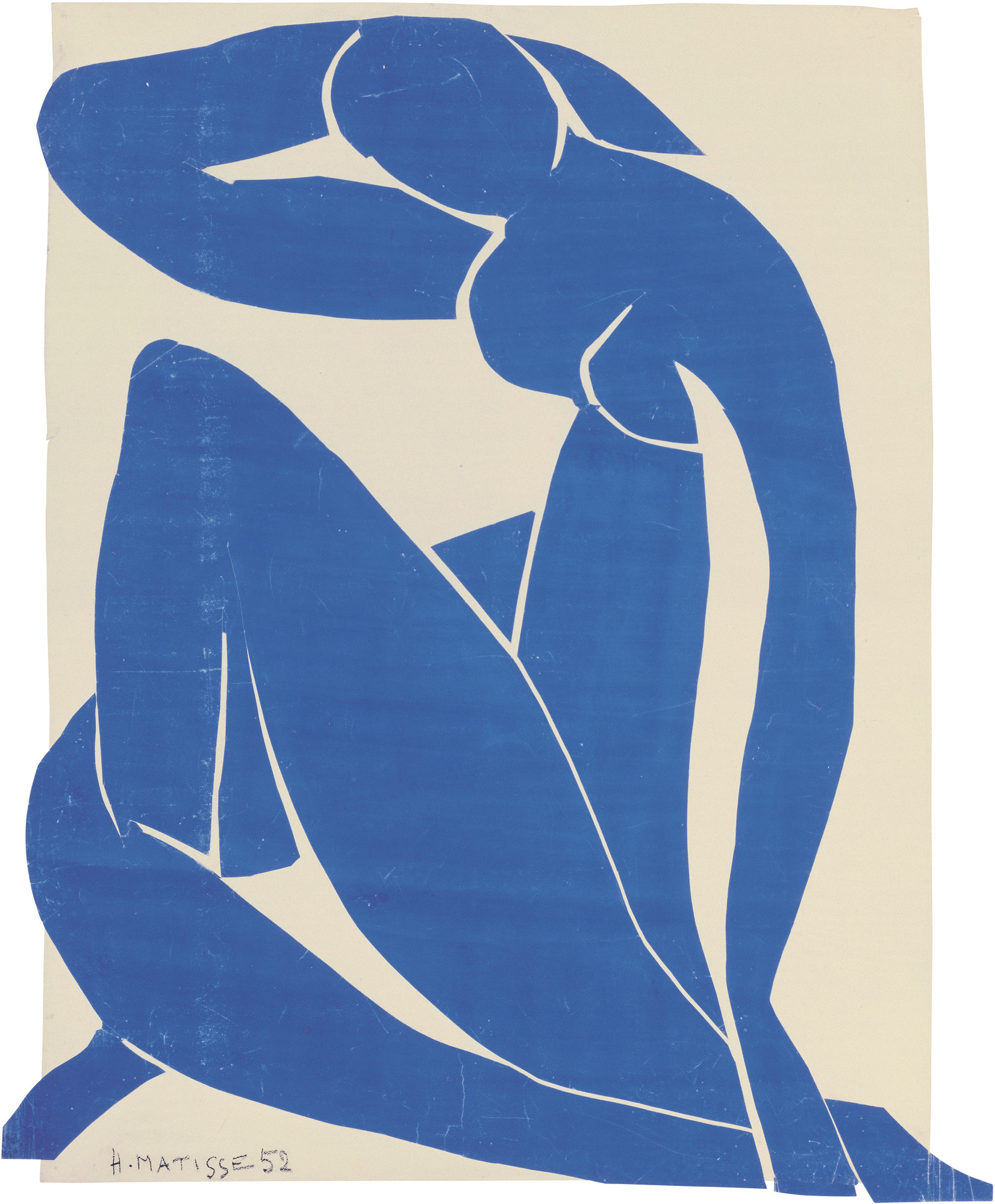
The technique of cutting out paper, painting it and arranging it was used by Matisse after he had surgery and could no longer create art using regular tools.
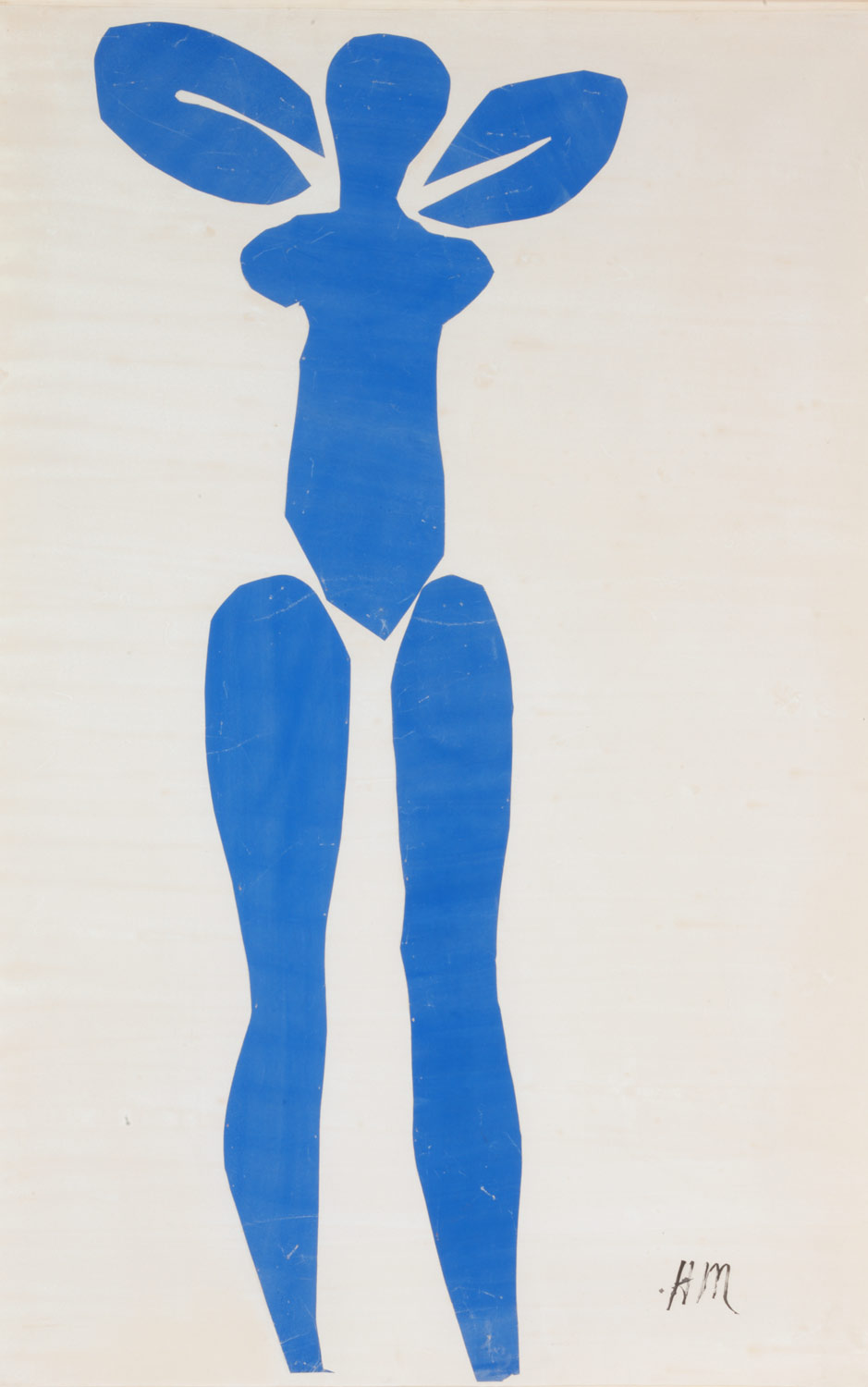
The cut-outs – in particular the Blue Nudes – are remarkable because they resemble Matisse’s earlier sculptural work.
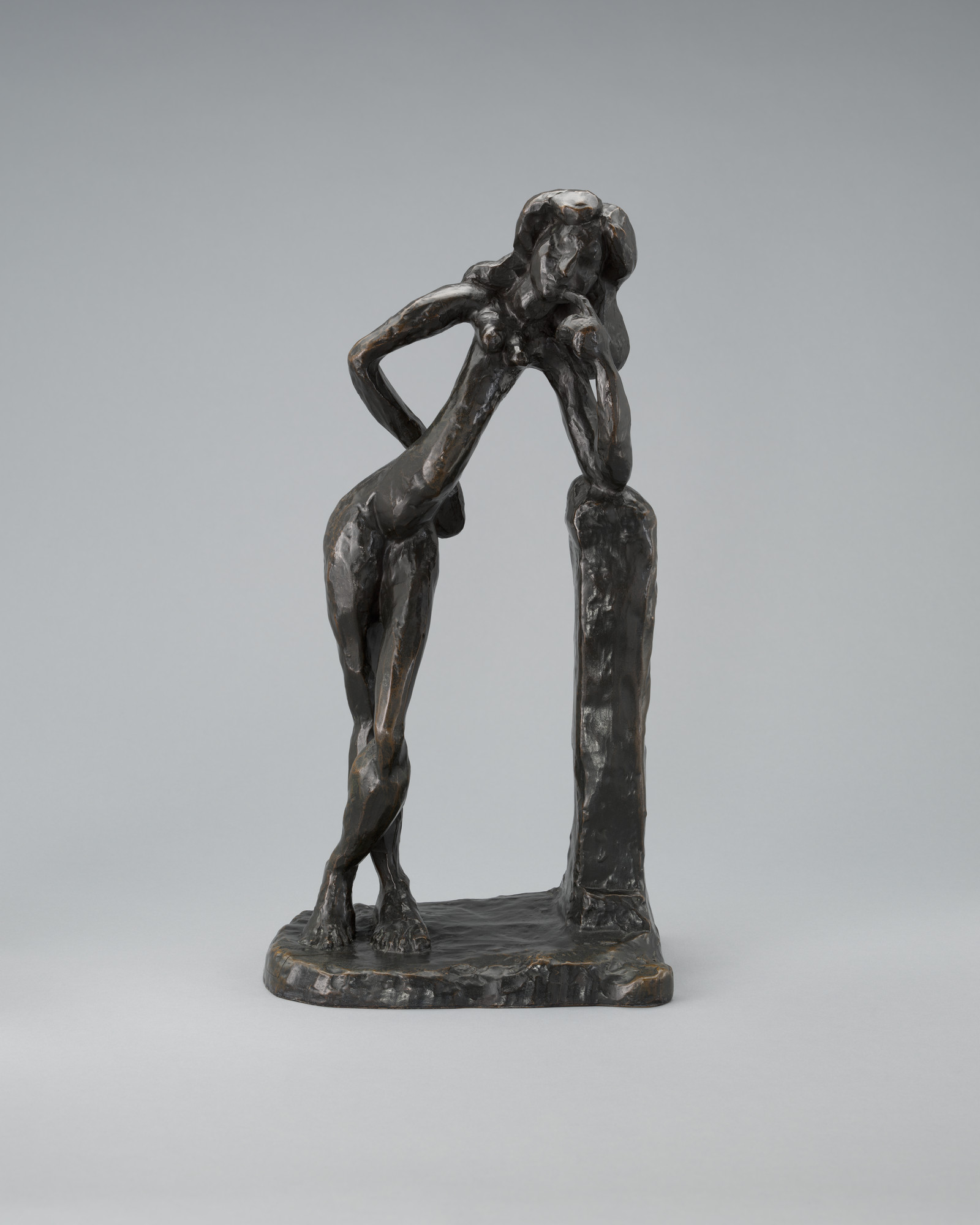
Much of Matisse’s work is in private collections, and for the first time between 2014-2015, the cut-outs were reunited for an exhibition at the Museum of Modern Art in New York.
Between 1901 and 1904 Spanish artist Pablo Picasso (1881-1973) made art that meditates on color. This was a move away from his early work, which is more realistic in style.
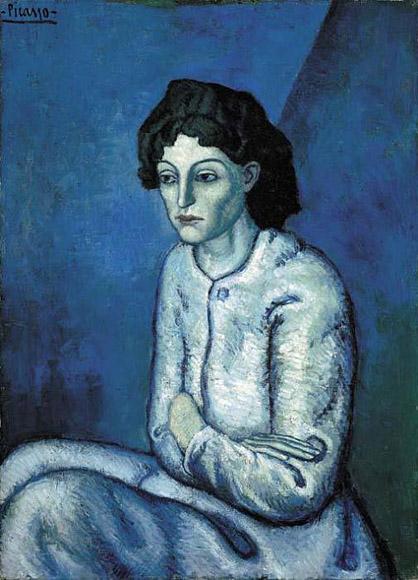
As time went on, Picasso painted with progressively cooler shades. Hence his iconic blue period.

Art from the blue period is sombre in color and content, often featuring lonely, isolated, and sad figures. Some people contend this mournful outlook was a result of a close friend’s suicide.
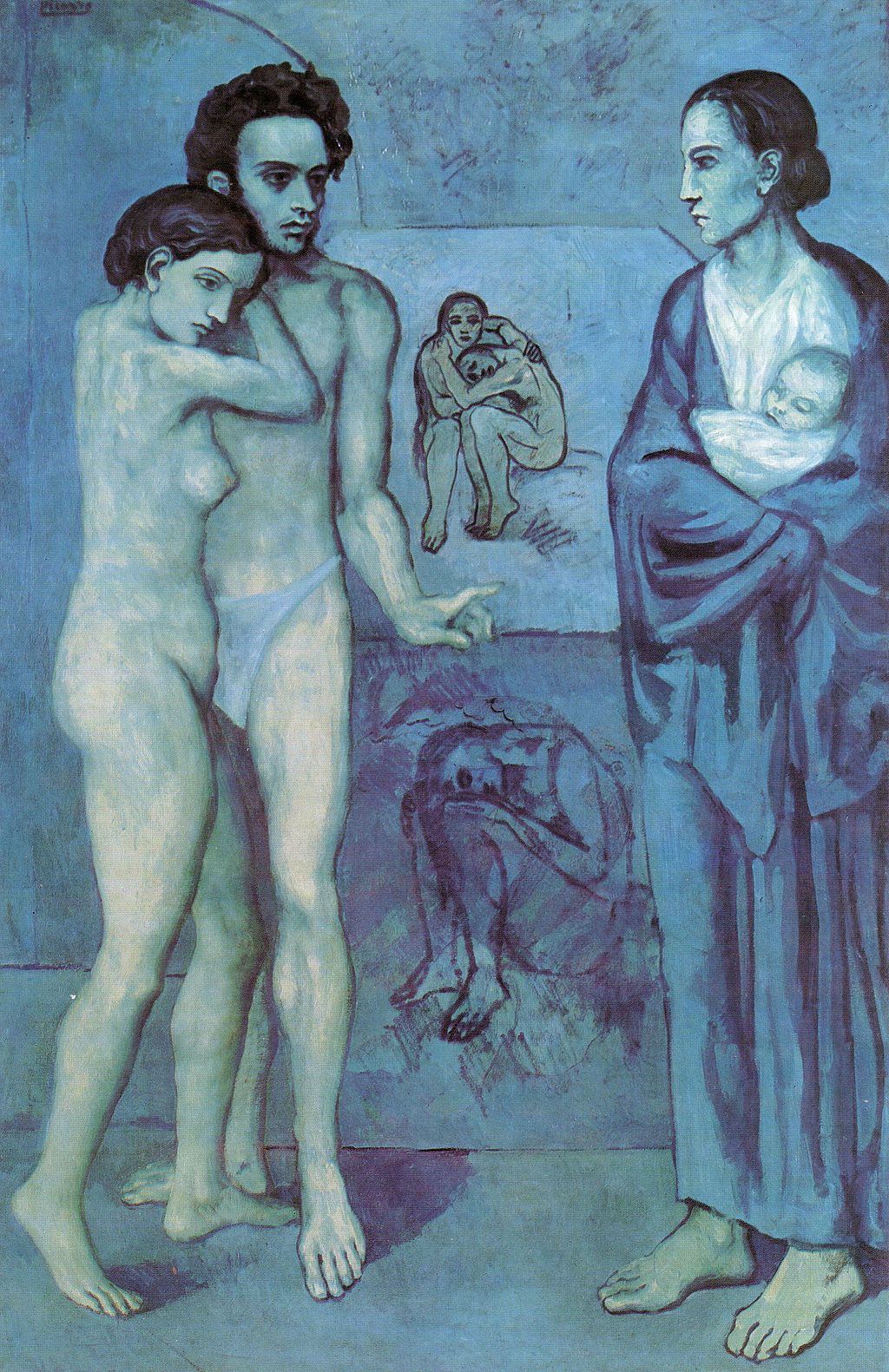
In May 1960, Yves Klein (1928-1962) registered his personal shade of blue. Today, it retains its title and status: “International Klein Blue” (IKB).
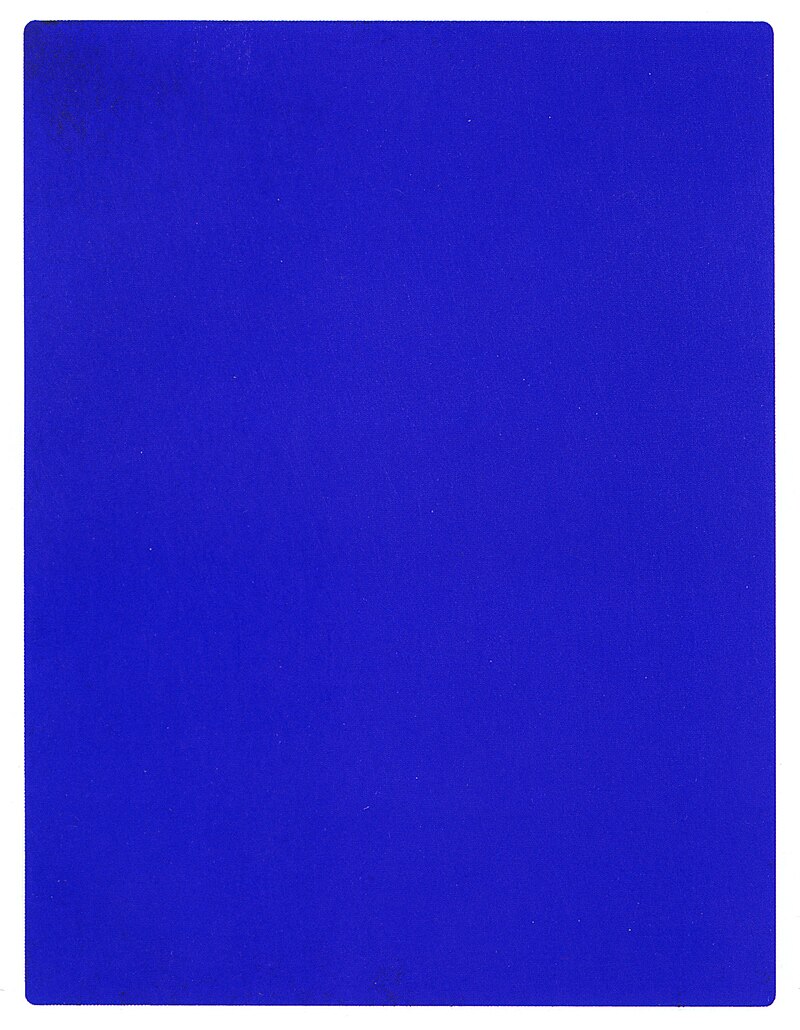
IKB was made in collaboration with Edouard Adam, who was a Parisian art paint supplier and whose shop is still in business on the Boulevard Edgar-Quinet, Montparnasse!

With the creation of IKB, Klein began a period of his career known as, you guessed it, the blue period, during which he made over 200 monochrome paintings and sculptures.
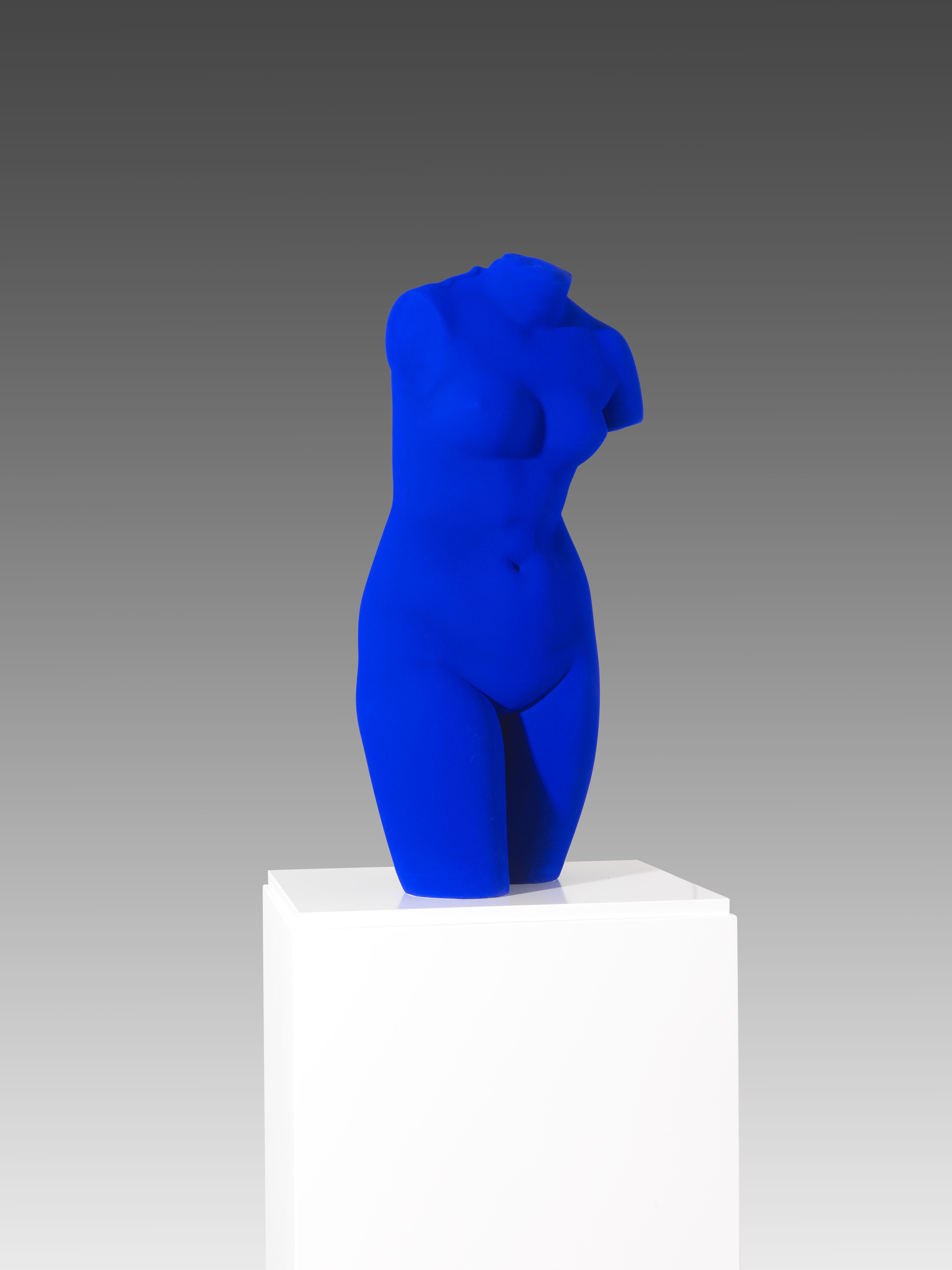
Yves Klein was an important figure in European post-war art, important to the development of performance and minimal art.
The artists in this trio are linked in a number of ways: they are seminal artists; they are white; they are European; they are men. Additionally, the trio possesses the power to provoke debates about the objectification and dehumanization of women in art.
DailyArt Magazine needs your support. Every contribution, however big or small, is very valuable for our future. Thanks to it, we will be able to sustain and grow the Magazine. Thank you for your help!